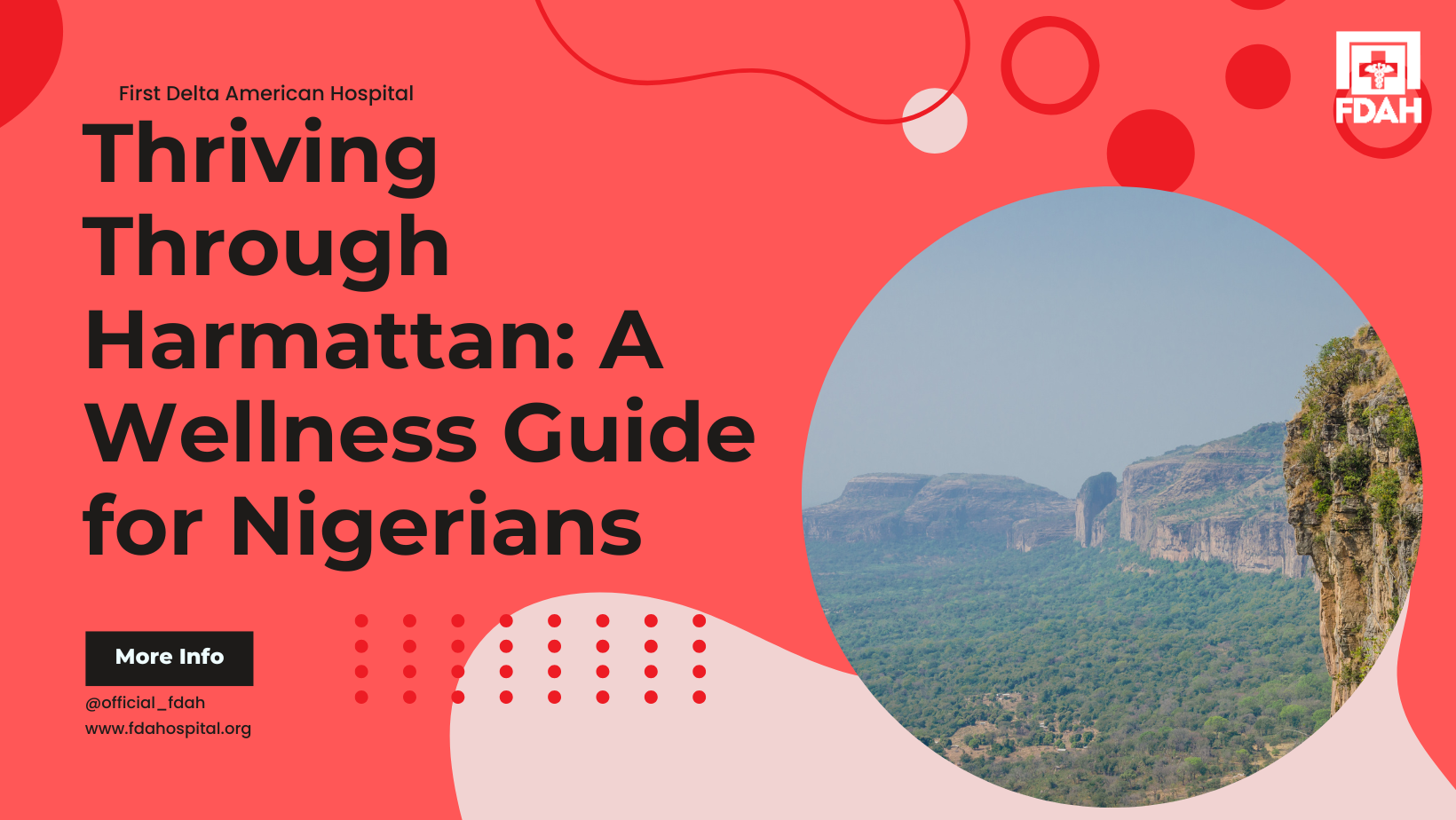Hi everyone, welcome to the second episode of the ‘My Body’ series, where we look at the various parts of the body and how to take care of them. Today we’re looking at the liver, one of the largest organs in the body, as well as one of the most important ones. If you missed the first episode, the link to it is here
Now, let’s get started.
What is the Liver?
The liver is a critical organ in the human body that is responsible for a range of functions to support the body. The liver is reddish-brown and shaped approximately like a cone or a wedge, with the small end above the spleen and stomach and the large end above the small intestine. The entire organ is located below the lungs in the right upper abdomen. It weighs between 3 and 3.5 pounds. These include metabolism, immunity, digestion, detoxification, vitamin storage among other functions. It comprises around 2% of an adult’s body weight. The functional unit of the liver is the lobule. Each lobule is hexagonal and a portal triad (portal vein, hepatic artery, bile duct) sits at each corner of the hexagon.

The liver plays a role in nearly every organ system in the body. It interacts with the endocrine and gastrointestinal systems by aiding in digestion and metabolism. The liver is the storage location for fat-soluble vitamins and handles cholesterol homeostasis. It stores iron and copper, and it plays a role in hematology with clotting factor and protein synthesis.
What are the various parts of the liver?
The liver has a number of parts, which play various roles. The following are some of the most important individual parts:
- Common Hepatic Duct: A tube that carries bile out of the liver. It is formed from the intersection of the right and left hepatic ducts.
- Falciform Ligament: A thin, fibrous ligament that separates the two lobes of the liver and connects it to the abdominal wall.
- Glisson’s Capsule: A layer of loose connective tissue that surrounds the liver and its related arteries and ducts.
- Hepatic Artery: The main blood vessel that supplies the liver with oxygenated blood.
- Hepatic Portal Vein: The blood vessel that carries blood from the gastrointestinal tract, gallbladder, pancreas, and spleen to the liver.
- Lobes: The anatomical sections of the liver.
- Lobules: Microscopic building blocks of the liver.
- Peritoneum: A membrane covering the liver that forms the exterior.
What roles do the liver play?
The liver plays a wide range of roles in making sure the body continues to function properly. Some of these roles include:
- Production of bile, which helps carry away waste and break down fats in the small intestine during digestion.
- Production of certain proteins for blood plasma.
- Production of cholesterol and special proteins to help carry fats through the body.
- Conversion of excess glucose into glycogen for storage (glycogen can later be converted back to glucose for energy) and to balance and make glucose as needed.
- Regulation of blood levels of amino acids, which form the building blocks of proteins.
- Processing of hemoglobin for use of its iron content (the liver stores iron).
- Conversion of poisonous ammonia to urea (urea is an end product of protein metabolism and is excreted in the urine).
- Clearing the blood of drugs and other poisonous substances.
- Regulating blood clotting.
- Resisting infections by making immune factors and removing bacteria from the bloodstream.
- Clearance of bilirubin, also from red blood cells. If there is an accumulation of bilirubin, the skin and eyes turn yellow.
How to take care of your liver.
The best way to avoid liver disease is to take active steps toward a healthy life. The following are some recommendations that will help keep the liver functioning as it should:
- Avoid Illicit Drugs: Illicit drugs are toxins that the liver must filter out. Taking these drugs can cause long-term damage.
- Drink Alcohol Moderately: Alcohol must be broken down by the liver. While it can moderate amounts, excessive alcohol use can cause damage.
- Exercise Regularly: A regular exercise routine will help promote general health for every organ, including the liver.
- Eat Healthy Foods: Eating excessive fats can make it difficult for the liver to function and lead to fatty liver disease.
- Practice Safe Sex: Use protection to avoid sexually transmitted diseases such as hepatitis C.
- Vaccinate: Especially when traveling, get appropriate vaccinations against hepatitis A and B, as well as diseases such as malaria and yellow fever, which grow in the liver.
Conclusion
The liver is an important part of the body with several roles in making sure the body works properly. Taking care of it is extremely important for your overall health. Doing things like avoiding drugs and excess alcohol, regular exercise and vaccination against hepatitis A & B and eating healthy help to keep your livery healthy.
I hope you enjoyed reading this, if you did make sure to leave a comment below! Have a great week ahead!




